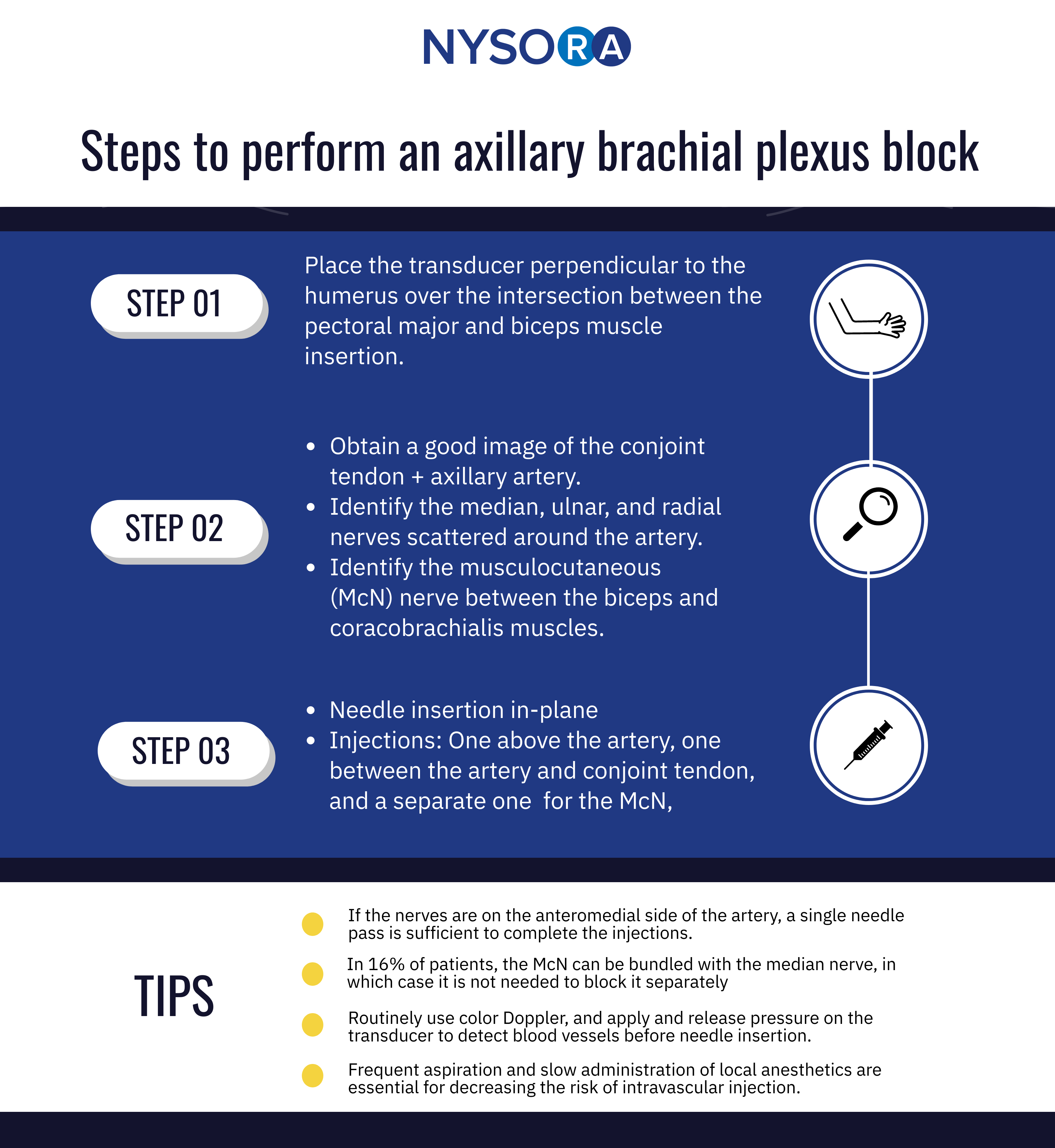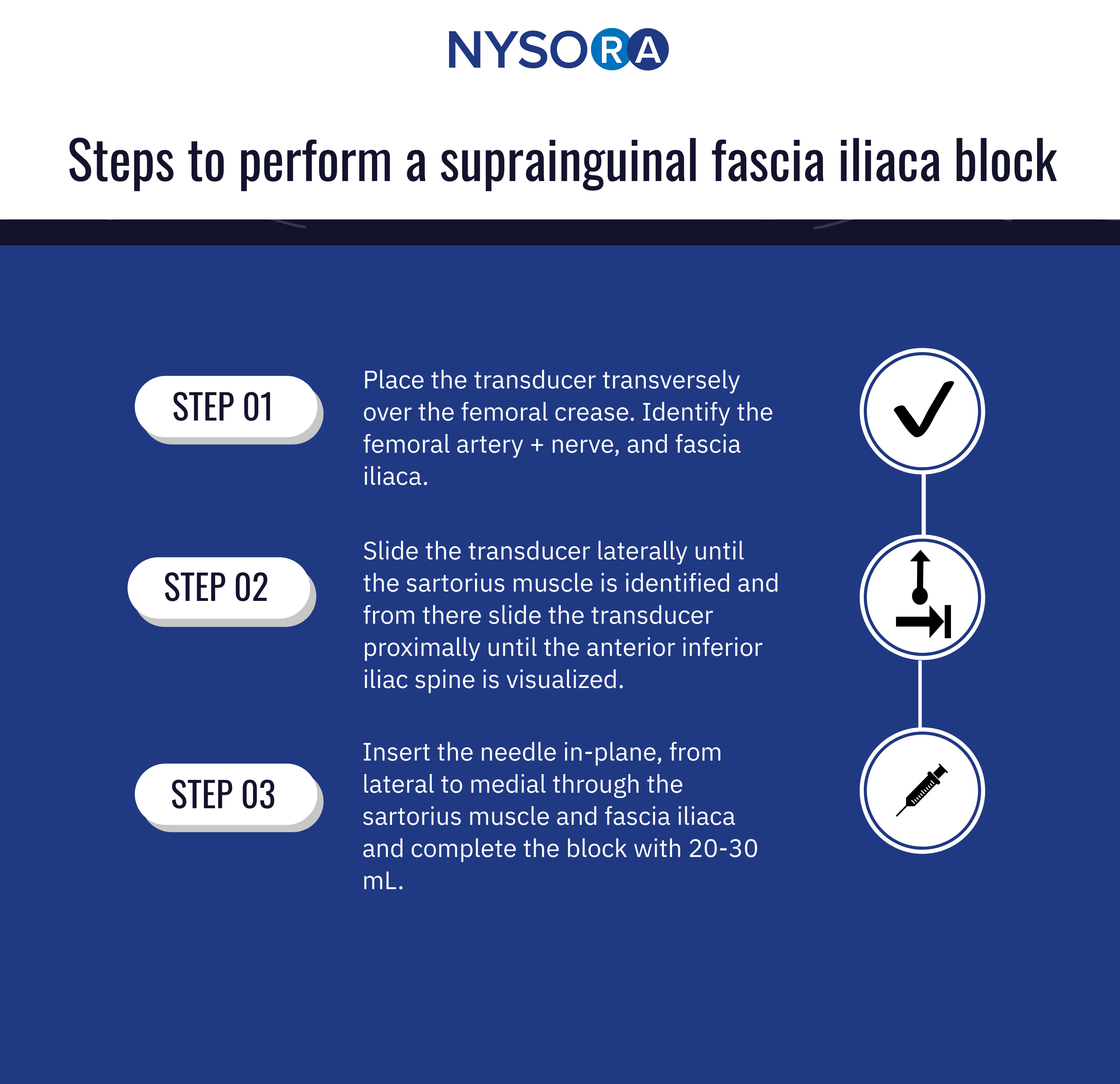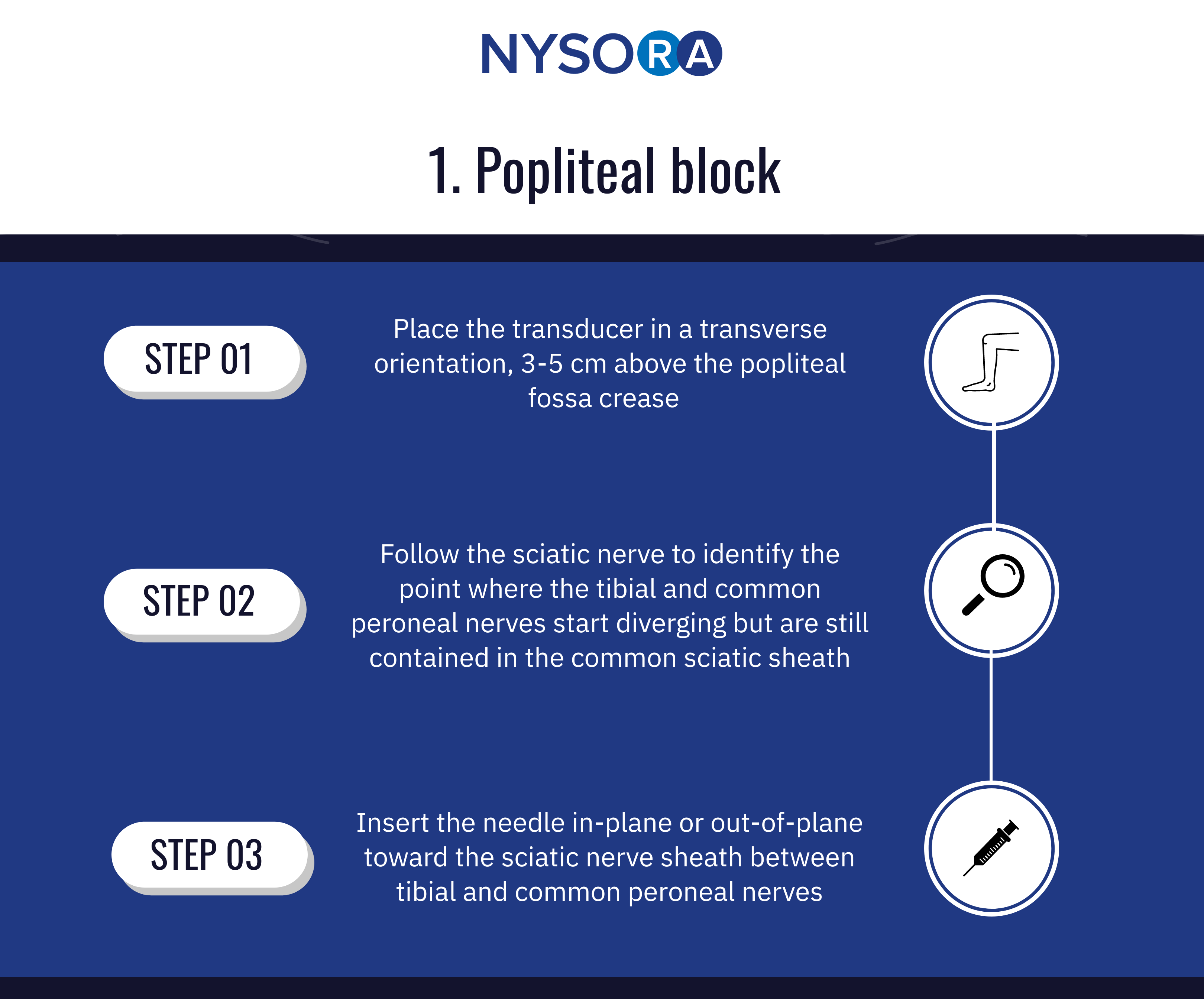
Regional Anesthesia for Emergency Surgeries
The COVID-19 epidemic has resulted in a huge strain on the health care systems and requires extra precautions for the protection of the health care providers. Regional anesthetic techniques and peripheral nerve blocks confer several important advantages in patients requiring urgent surgery (Table 1). For one, the need for airway manipulation and the length of stay in the overloaded PACU and critical care units can be decreased. The postoperative analgesia with regional anesthesia further facilitates postoperative management in a resources-strained environment.
With regional anesthesia, many trauma-related procedures can be performed as a day-case. This decreases admission, saves hospital beds for more urgent cases, and reduces the length of stay of the trauma patients. Once the health care systems regain control of the COVID-19 patient influx, careful selection of day-case patients with low risk of admission may be reinstituted based on theatre/staff capacity.
Featured below a list of the techniques that are uniquely useful for emergency surgeries and which eliminate the need for airway management and endotracheal intubation. More information about this topic can be found here.
Trauma of the Upper Extremity
Upper extremity injury occurs in 20 to 40 percent of injured patients presenting to the emergency department. The most common upper extremity injuries are fractures requiring emergent surgery regardless of their non-fasted state or health status. For surgeries on the elbow, forearm, and wrist an axillary brachial plexus block could be the best anesthetic option. Below, you will find the guide to the axillary block in 3 steps. To review the complete technique, please click here.

Hip Fractures
Over 95% of hip fractures are fall-related. Fracture of the femur at the hip joint is a very common injury and is associated with significant morbidity and mortality. Patients with hip fractures tend to be older and have multiple medical comorbidities, placing them at higher risk for complications, especially chest infection, delirium, and heart failure. For hip fracture patients, spinal anesthesia is used in combination with a fascia iliaca block, the steps shown in the image below. To review the complete technique, please click here.

Surgeries Below the Knee
Anesthesia for surgeries below the knee can be accomplished with a combination of popliteal and adductor canal blocks. Complex injuries that require repeated debridement, fracture fixation, and/or skin grafting frequently benefit from the use of continuous peripheral nerve blocks. To review the complete popliteal sciatic nerve block technique, please click here, and here for the adductor canal block.


Subscribe to the NYSORA Learning Management System (LMS) for continuous educational updates!
References:
- Banerjee M, Bouillon B, Shafizadeh S, et al. Epidemiology of extremity injuries in multiple trauma patients. Injury 2013;44:1015–21.
- Gadsden J, Warlick AL: Regional anesthesia for the trauma patient: improving patient outcomes. Local Reg Anesth 2015; 8:45–55.
- Gadsden J, Lin E, and Warlick AL: Regional Anesthesia in Patients with Trauma. Hadzic’s Textbook of Regional Anesthesia and Acute Pain Management, 2nd edition. McGraw-Hill 2017; 977-987.
- Slade IR, Samet RE: Regional anesthesia and analgesia for acute trauma patients. Anesthesiol Clin 2018; 36:431–54.




